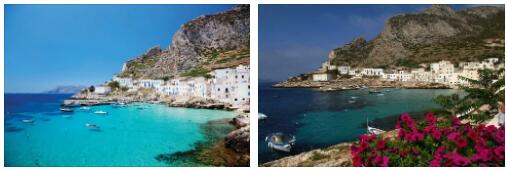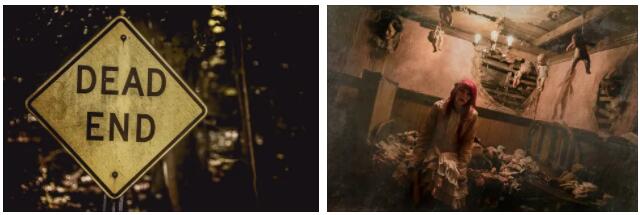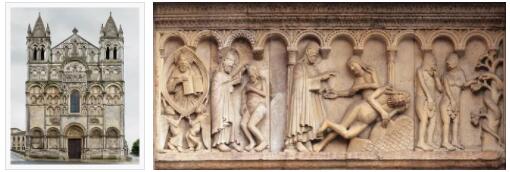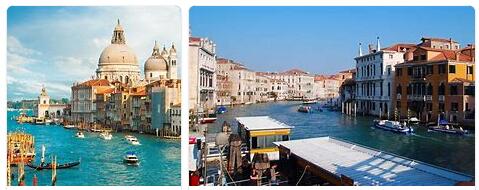
Catania, Island of Sicily (Italy)
Picturesque and noisy Catania is a city of a volcano. Dark, closed Etna, like a recalcitrant deity, looks at the revival that reigns in the city streets and serves as an eloquent symbol of the inherent quality of the inhabitants of Catania: their hard work. It was this quality that allowed the people to be repeatedly reborn from the ashes, like a newly appeared phoenix bird, without caring about earthquakes or wars. Therefore, the symbol of their city is so suitable for the inhabitants of Catania – an elephant, a strong and kind animal, and their patron saint – Agatha, a virgin and martyr, who was able to stop even the fury of Etna with the supernatural power of her veil.
According to ESHAOXING.INFO, Catania is a dark city built of black volcanic stone, and at the same time unusually sunny and bright, because the sun shines here 2528 hours a year: more than anywhere else in Italy. This is an ancient city that arose in the pre-Greek era, which, however, is sometimes almost indifferent to its history. So, the Greek theater looks almost forgotten at the end of a small street.
The city of Catania was founded in 729 BC. e.. Its name meant “hill”, and indeed, an acropolis was built on the hill where today the large Benedicite monastery is located. Over the years, temples, a hippodrome, a gymnasium, a mint and an odeon arose around the latter.
The history of the city was also determined by the whims of Etna, which brings life, but at the same time – death and destruction. So, in 1169, as a result of a strong earthquake, 15,000 people died, in 1669 lava reached the port and rushed into the sea, leaving behind only despair, in 1693 the entire city was swept off the face of the earth by an earthquake. Under the rubble, 16,000 people died. However, this last event had not only tragic consequences. The end of the 17th century was marked by the ardor of rapid restoration, the wonderful fruits of which still today are the pride of the city.
Attractions:
The Fountain of the Elephant, located in the center of the Piazza Duomo, is the work of Giovan Battista Vaccarini. It consists of a figure of an elephant made of volcanic stone from the ancient Roman era and an Egyptian granite stele with hieroglyphic inscriptions relating to the cult of the goddess Isis.
The cathedral, built at the turn of the 17th century, is the main architectural monument. Its Gothic façade, dating back to the early 20th century, was designed by Giovan Battista Basile. The interior of the cathedral consists of three naves and is decorated with frescoes by Giuseppe Schuti and Pietro Paolo Vasta.
The Cathedral of St. Agatha, built in 1078-1093 on the site of the Achilles Baths, retained three apses and a high transept from the era of construction.
In the castle of Ursino, built in 1239-1250. at the behest of Frederick II of Sweve, it currently houses the City Museum. This castle, once surrounded by the sea, was the residence of the Aragonese kings in the 16th century. In the 16th century, it was rebuilt in the Renaissance style, and at the time of the volcanic eruption in 1669, it was surrounded by lava, and therefore today it is on land.
The Roman theater had a diameter of about 87 m and could accommodate more than 7,000 spectators. It was built on the hillside where the Greek acropolis was located, and it is possible that it was originally built by the Greeks. The orchestra with a diameter of 29 meters with a floor is flooded by the waters of the Amenano River. Under today’s amphitheater there are traces of other spectator seats, but they all belong to the period of the Roman Empire.
The Odeon, recently opened to the public, was intended for choir rehearsals and competitions, and could accommodate 1,300 spectators. The space between the spectator seats and the outer wall was divided into 17 rooms, of which 16 have survived today. up to the modern Penninello street. The amphitheater could accommodate 16,000 spectators and had a height of 31 m.
The Bellini Theater, built by architects A. Skala and C. Sada in the classical style in the 2nd half of the 19th century, is dedicated to the great composer born in Catania. The interior of the theater is striking in its magnificence.





























